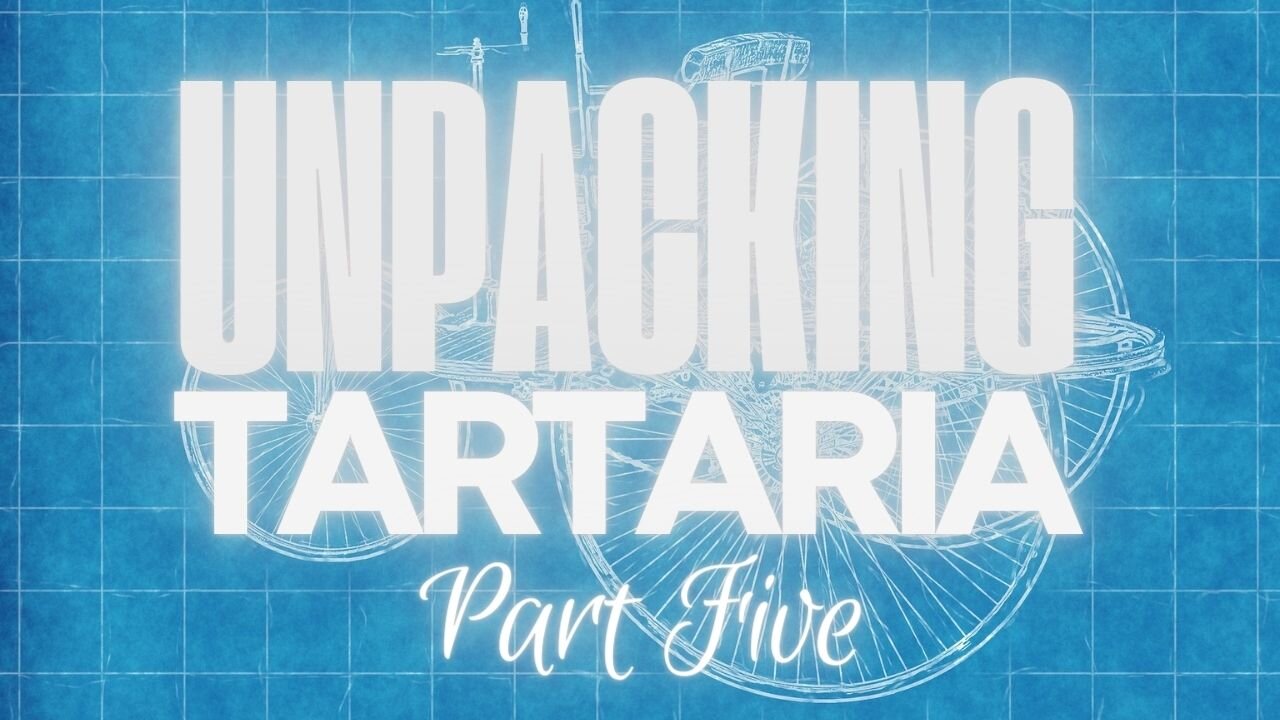Premium Only Content

Unpacking Tartaria, Pt. 5 - Blimp Docking Stations, 1887 Electric Vehicle, Oil Oligarchy Coverups
The history of blimp docking stations is quite fascinating and is closely tied to the romantic era of airship travel. One of the most notable examples is the Empire State Building in New York City. Originally, the Empire State Building was designed with a mooring mast intended for airships, which was a 200-foot addition to make it the tallest building in the world at the time.
In the late 1920s, as dirigible technology was advancing, Alfred E. Smith, the former New York City mayor and head of the group constructing the tower, proposed this grand plan. The idea was that passengers would disembark from the airship directly onto the building, ready to enjoy Manhattan. However, the practicalities of airship docking made this vision largely impractical. The only recorded instance admitted was of an airship docking at the Empire State Building was in September 1931, when a privately-owned dirigible docked for a mere three minutes in strong winds.
The narrative is that the docking station concept faced numerous challenges, such as the need for a large ground crew and the difficulty of maneuvering the airship in the turbulent air around tall buildings, which was not true. The idea was eventually abandoned, especially after the Hindenburg disaster in 1937, which marked the decline of airships as a popular mode of transportation.
The concept of docking stations was not limited to the Empire State Building. Spanish engineer Leonardo Torres Quevedo had earlier drawn up designs for a docking station and made alterations to airship designs to facilitate this process. Additionally, airship hangars and docking stations were used for military purposes, such as the Weeksville Dirigible Hangar in North Carolina, which played a role during World War II.
Today, the remnants of these docking stations serve as historical reminders of a bygone era when airships represented the future of luxury travel and technological innovation. The Empire State Building's mast, for instance, remains a testament to the ambitious, albeit short-lived, dream of integrating airships into the urban landscape.
Has the history of Aviation been purposefully altered? We continue into Tartaria explained, and consider whether these Tartarian architectures were designed for collecting energy and docking airships.
Within the last 200 years, after the mudflood, many of these cities were empty and the Controllers of the new world began migrating children from around the world into these cities and feeding them a new history. This is the time after the mudflood , where we found these cities and we found the leftover technology that this advanced civilization left over.
UNPACKING TARTARIA SERIES
Pt. 1
https://rumble.com/v3nxens-unpacking-tartaria-pt.-1-the-irish-connection.html
Pt. 2
https://rumble.com/v3nxgfy-unpacking-tartaria-pt.-2-phoenician-architects.html
Pt. 3
https://rumble.com/v3nzjdw-unpacking-tartaria-pt.-3-white-balding-giants-in-america.html
Pt. 4
https://rumble.com/v3nzjzk-unpacking-tartaria-pt.-4-ancient-emf-technology.html
Pt. 5
https://rumble.com/v3nzlxy-unpacking-tartaria-pt.-5-air-travel-oil-oligarchy-titanichindenburg.html
Pt. 6
https://rumble.com/v3nzme7-unpacking-tartaria-pt.-6-subterranean-networks-the-underground-railroads-an.html
Pt. 7
https://rumble.com/v3nzng4-unpacking-tartaria-pt.-7-classical-art-petrifaction-melted-buildings.html
Pt. 8
https://rumble.com/v3nzobe-unpacking-tartaria-pt.-8-asylums-prisons-colleges-mind-control-castles-in-a.html
Pt. 9
https://rumble.com/v3vuupa-unpacking-tartaria-pt.9-odd-fellows-repopulation-orphans-ghost-cities.html
Pt. 10
https://rumble.com/v3vuvep-unpacking-tartaria-pt-10-waste-management-poop-fuel-the-gilded-age.html
-
 31:01
31:01
The Aquarius Bus
2 months agoExquisite Old World Philadelphia. Founded 1682. Why Did They Move The Capital to DC?
1.08K7 -
 2:05:07
2:05:07
Darkhorse Podcast
23 hours agoWhy Trump Wants Greenland: The 257th Evolutionary Lens with Bret Weinstein and Heather Heying
272K432 -
 8:50:58
8:50:58
Right Side Broadcasting Network
23 hours ago🎅 LIVE: Tracking Santa on Christmas Eve 2024 NORAD Santa Tracker 🎅
294K40 -
 2:48
2:48
Steven Crowder
1 day agoCROWDER CLASSICS: What’s This? | Nightmare Before Kwanzaa (Nightmare Before Christmas Parody)
279K12 -
 33:49
33:49
Quite Frankly
22 hours agoThe Christmas Eve Midnight Telethon
94.4K22 -
 2:12:46
2:12:46
Price of Reason
22 hours agoAmber Heard BACKS Blake Lively Lawsuit Against Justin Baldoni! Is Disney CEO Bob Iger in TROUBLE?
51.7K23 -
 1:01:17
1:01:17
The StoneZONE with Roger Stone
16 hours agoChristmas Edition: Why the Panama Canal is Part of the America First Agenda | The StoneZONE
122K47 -
 18:12:15
18:12:15
LFA TV
1 day agoLFA TV CHRISTMAS EVE REPLAY
138K18 -
 13:32
13:32
Scammer Payback
18 hours agoChanging the Scammer's Desktop Background to his Location
9.47K3 -
 4:21
4:21
BIG NEM
20 hours agoNikola Tesla's Secret to Cultivating Creativity & Genius
6.52K1